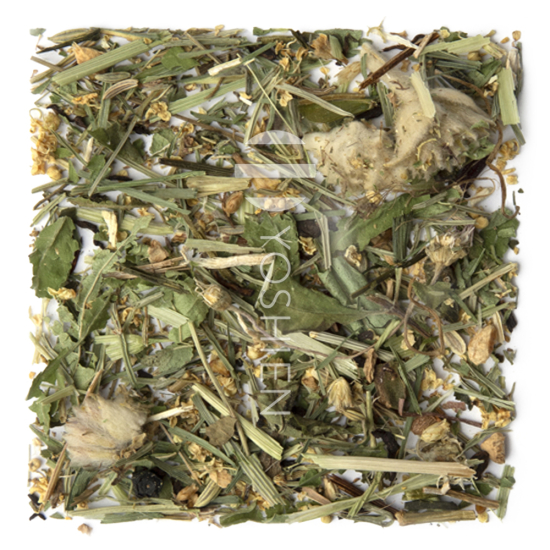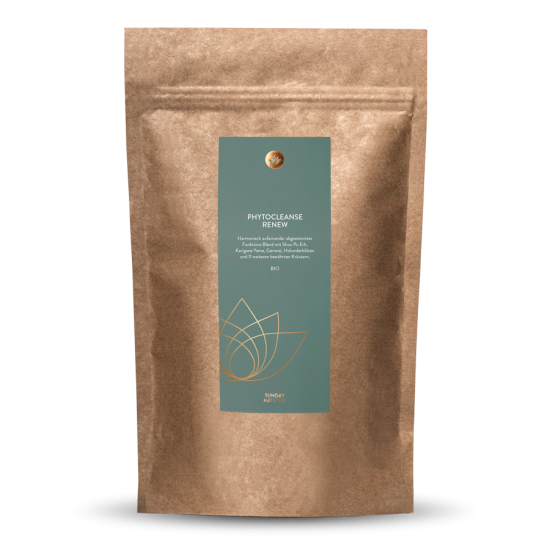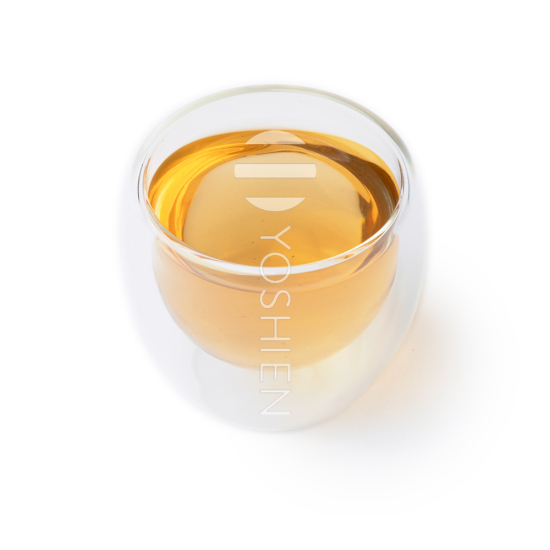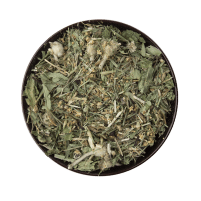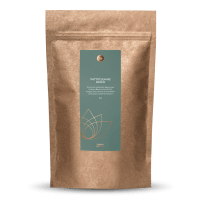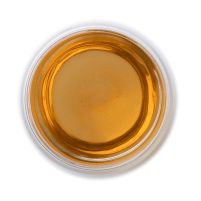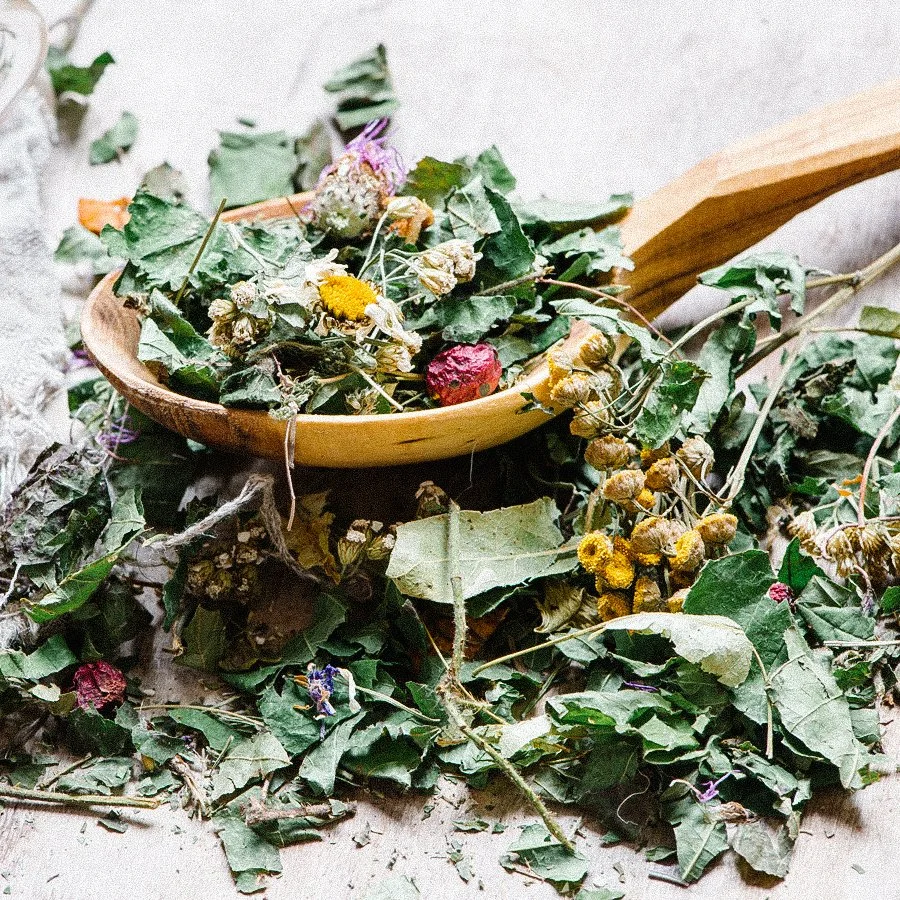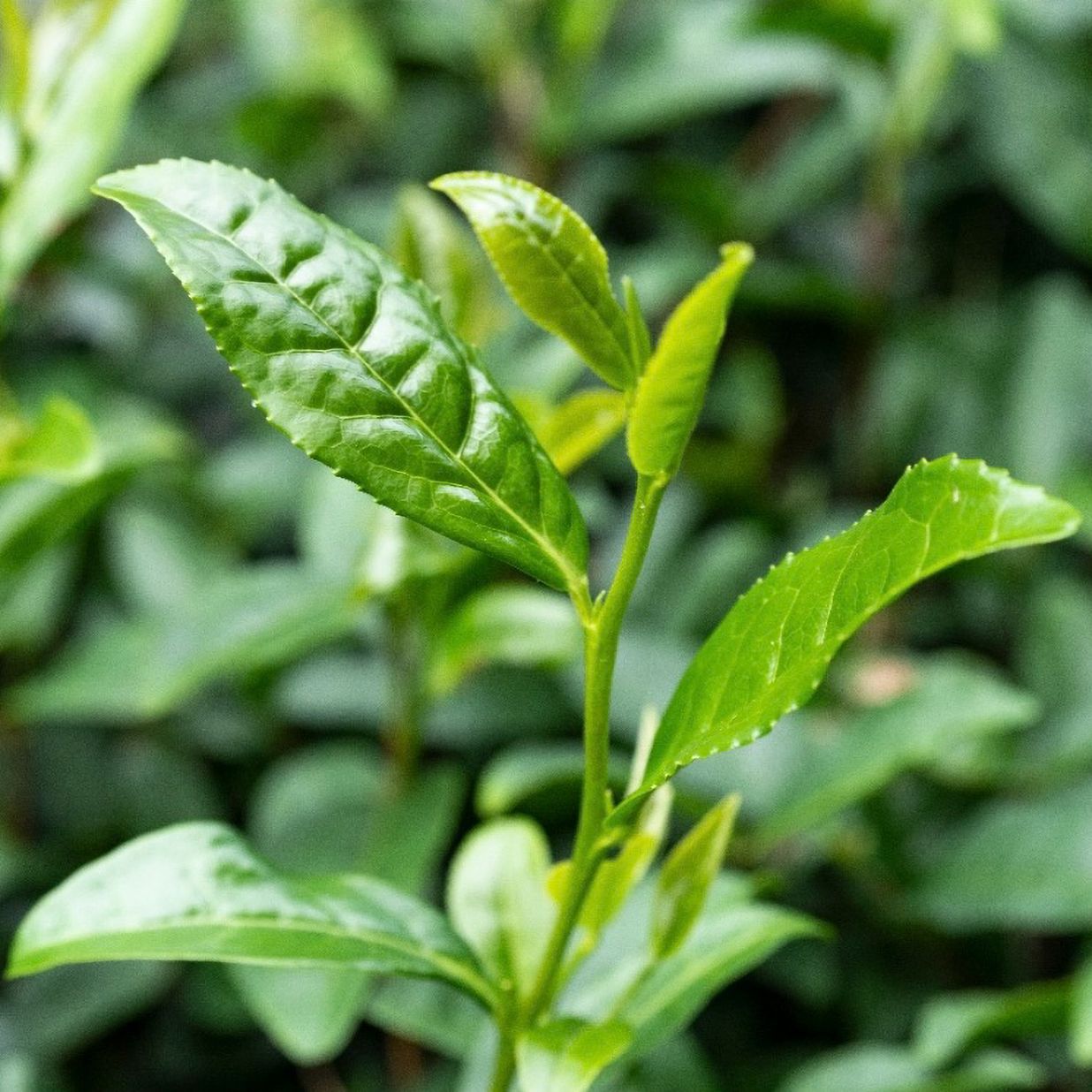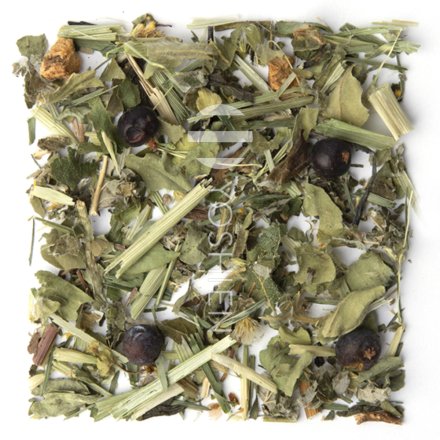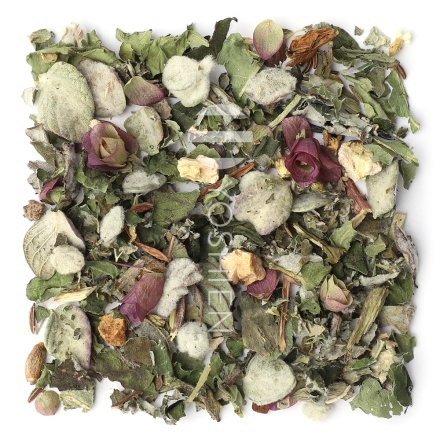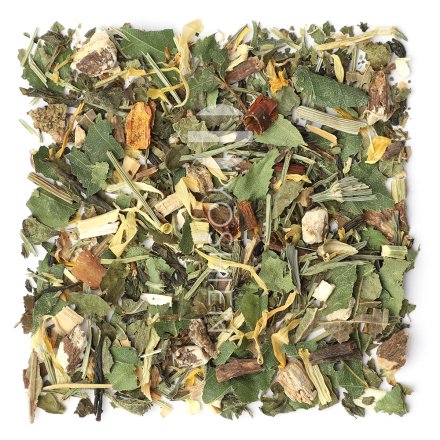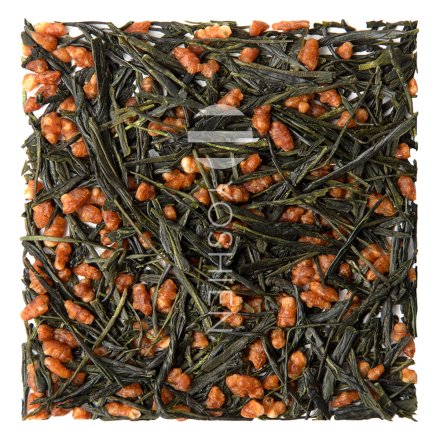Elderflower
Elder (Sambucus nigra) often grows in close proximity to human habitation, where it nestles against houses and walls. The small tree graces us with its fragrant flowers from May to July, and as late summer transitions into autumn, the flowers mature into berries. The wisdom of the Celts acquainted them long ago with the uses of elder's blossoms and berries.
Horsetail
Field horsetail (Equisetum arvense) once stood as a towering tree, coexisting alongside giant ferns and mosses within vast forests 400 million years ago. Similarly to ferns and mosses, the horsetail lacks flowers, reproducing instead through spores. During spring, it emerges as a pale stem-like plant which wilts away shortly after it appears. The vibrant green summer shoots which then sprout were once favoured for cleaning pewter, a connection which inspired the name "pewterwort."
Green Oat
Belonging to the Poaceae family, oat (Avena L.) is an annual grass which traces its origins back to the Middle East. Similar to numerous other cereal crops, it has been domesticated. Green oats come from premature oat plants, harvested before reaching full bloom. At this stage, oat is alkaline and contains an abundance of phytonutrients.
Yarrow
Yarrow grows across Europe and northern Asia, extending as far north as the Arctic Circle. The resilient perennial endures throughout the year, remaining above the earth's surface even during winter. Its rich heritage in herbalism stretches back to Greek mythology, where yarrow finds mention as a plant used by Achilles. It is from this legend that it derives its Latin name, Achillea millefolium.
Verbena
Lemon verbena (Aloysia citrodora), also known as lemon beebrush, is indigenous to Argentina, Uruguay and Chile. During the 18th century, it was introduced to Europe, where it was scientifically classified as a distinct species for the first time. The perennial plant thrives in nutrient-rich, water-permeable sandy soil with ample sunlight, preferring sheltered locations. In spring, new stems emerge from the roots, followed by the elongated leaves appearing from May onwards, arranged in threes in a whorled fashion. When fully grown, these leaves exude a delightful lemon fragrance. Come August, small white flowers adorned with four tiny petals grace the plant.
Fennel Seed
Fennel (Foeniculum vulgare) is one of the oldest herbs in continuous use worldwide. Its origins can be traced back to around 3000 BC in Mesopotamia, where it was cherished for its numerous health benefits. The ancient civilisations of Egypt, Greece and Rome also recognised and appreciated the remarkable value of fennel.
Ginger
Comprising approximately 60 species, real ginger belongs to the ginger family (Zingiberaceae). Its probable origins are estimated to be the regions of India and Sri Lanka, but it is now widely cultivated in many subtropical and tropical regions. The plant can reach heights of 50–100cm and features thick stems and long, reed-like leaves. The flower shaft emerges from the aromatic root and grows up to 25cm long, bearing reddish-yellow to dark purple petals.
Camellia sinensis (Tea)
Tea, derived from the Camellia sinensis plant, is traditionally grown as a shrub. The ample sunlight in tea cultivation regions enhances the concentration of valuable compounds within its evergreen leaves, making tea a popular beverage cherished the world over. Green tea, in particular, boasts abundant quantities of catechins, chlorophyll, amino acids, organic acids and vitamins.
Sideritis
Authentic Greek mountain tea (Sideritis scardica), sourced from Mt. Othrys, is known for its abundance of anthocyanins. The genus name, Sideritis, is derived from the Greek word "sideros," meaning iron, which historically referred to various plants in the mint family.
Bilberries
The European blueberry plant (Vaccinium myrtillus), or common bilberry, primarily thrives in the temperate and northern regions of Eurasia. In addition to low-lying plains, the common bilberry also grows in mountainous areas, where it can be found at altitudes reaching up to 2840m. As its berries are considered a superfood, boasting one of the highest nutrient densities among all known berries, this remarkable plant is firmly established in herbalism.
Daisy
The perennial daisy (Bellis perennis L.) is native to southern Europe. During ancient times, it quickly spread to central Europe as meadows became more abundant, these being its preferred habitat. From May to November, the flowers bloom from the perennial leaf rosette, reaching heights of up to 15cm. The presence of this charming flower, known by a thousand names, characterises a vibrant meadow.
Marshmallow
Marshmallow (Althaea officinalis L.), a member of the mallow family, is a resilient perennial which can grow up to 2 metres in height. Its flowering period varies with its location but typically spans from June to September. The true marshmallow is a steppe dweller found in such remote locations as the Altai Mountains but also in Central Europe due to human intervention. With its diverse applications, marshmallow proves to be a valuable resource, serving as a cooked root in times of necessity and finding extensive use in herbalism as a versatile all-rounder.
Goldenrod
Goldenrod (Solidaginis virgaureae) is an agricultural crop which has been recognised for its various uses for centuries. The introduction of goldenrod to Europe took place in the 17th century, and since then, it has thrived as an invasive neophyte in the sparse forests and dry woodland meadows of Europe and North America. This medicinal plant, which announces the end of summer with its vibrant yellow flowers, can also be used as a natural dye.



